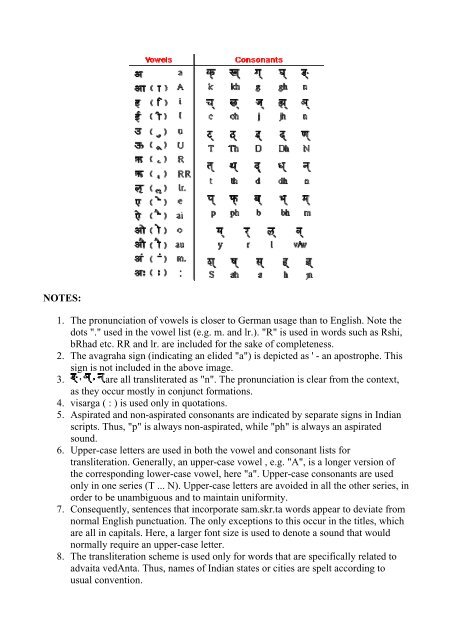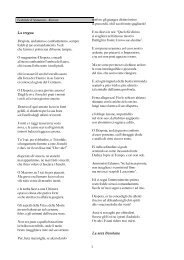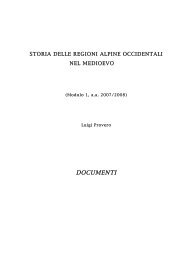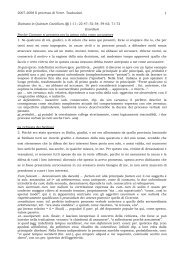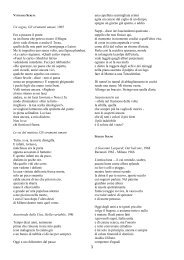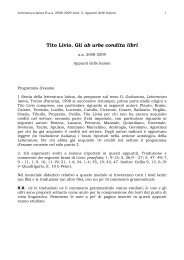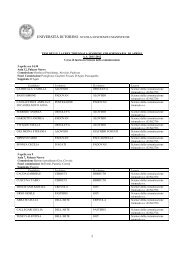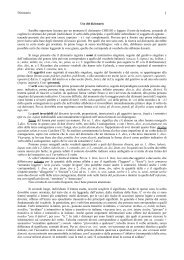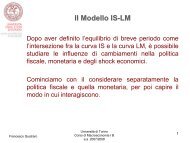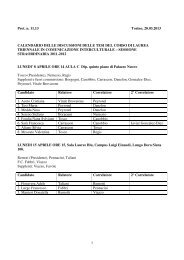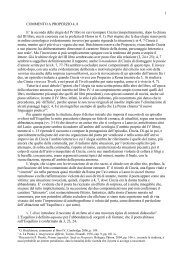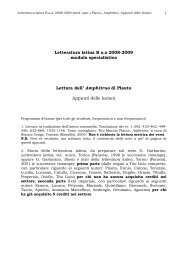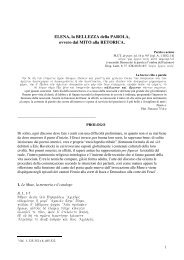ajAti vAda
ajAti vAda
ajAti vAda
Create successful ePaper yourself
Turn your PDF publications into a flip-book with our unique Google optimized e-Paper software.
NOTES:<br />
1. The pronunciation of vowels is closer to German usage than to English. Note the<br />
dots "." used in the vowel list (e.g. m. and lr.). "R" is used in words such as Rshi,<br />
bRhad etc. RR and lr. are included for the sake of completeness.<br />
2. The avagraha sign (indicating an elided "a") is depicted as ' - an apostrophe. This<br />
sign is not included in the above image.<br />
3. are all transliterated as "n". The pronunciation is clear from the context,<br />
as they occur mostly in conjunct formations.<br />
4. visarga ( : ) is used only in quotations.<br />
5. Aspirated and non-aspirated consonants are indicated by separate signs in Indian<br />
scripts. Thus, "p" is always non-aspirated, while "ph" is always an aspirated<br />
sound.<br />
6. Upper-case letters are used in both the vowel and consonant lists for<br />
transliteration. Generally, an upper-case vowel , e.g. "A", is a longer version of<br />
the corresponding lower-case vowel, here "a". Upper-case consonants are used<br />
only in one series (T ... N). Upper-case letters are avoided in all the other series, in<br />
order to be unambiguous and to maintain uniformity.<br />
7. Consequently, sentences that incorporate sam.skr.ta words appear to deviate from<br />
normal English punctuation. The only exceptions to this occur in the titles, which<br />
are all in capitals. Here, a larger font size is used to denote a sound that would<br />
normally require an upper-case letter.<br />
8. The transliteration scheme is used only for words that are specifically related to<br />
advaita vedAnta. Thus, names of Indian states or cities are spelt according to<br />
usual convention.


